29 pages • 58 minutes read
Sylvia PlathInitiation
Fiction | Short Story | Adult | Published in 1953A modern alternative to SparkNotes and CliffsNotes, SuperSummary offers high-quality Study Guides with detailed chapter summaries and analysis of major themes, characters, and more.
Symbols & Motifs
Smiling and Laughter
Smiling and laughter are both motifs and activities the initiates are repeatedly told not to do. Louise and Bev warn Millicent multiple times against smiling during the initiation process. This discourages any enjoyment of hazing, which in turn discourages Millicent from wanting to join a group that she previously thought would be full of “merriment”; the motif suggests the unhappiness conformity inevitably entails, according to the story. Notably, even the smile Millicent offers Herb is as much social performance as it is genuine emotion. Wondering what to do when he approaches her, Millicent thinks, “I won’t say anything […] I’ll just smile very sweetly” (244). This effort to navigate the complicated rules surrounding hazing previews the self-policing of the sorority and the social world it represents—including Societal Pressure to Perform Femininity in Set Ways (e.g., “sweetly”). By contrast, Millicent responds with “spontaneous” and irrepressible laughter when she talks to the man on the bus, highlighting the genuineness of their connection and the value of individuality.
Birds
Though mentioned briefly early in the story, “heather birds” are not explained until the story’s climax. Through the fantastical description given by the man on the bus, heather birds come to symbolize the freedom of being oneself—one of many, yet definably unique.
Related Titles
By Sylvia Plath

Ariel
Sylvia Plath
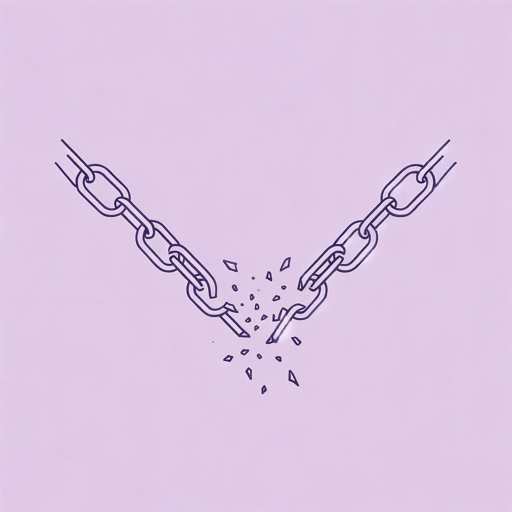
Daddy
Sylvia Plath
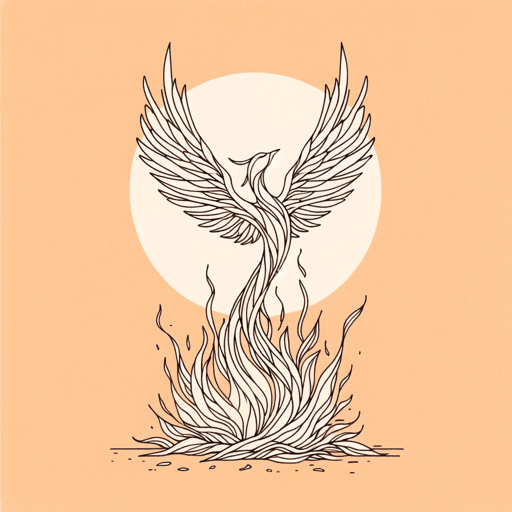
Lady Lazarus
Sylvia Plath

Mirror
Sylvia Plath

Sheep In Fog
Sylvia Plath
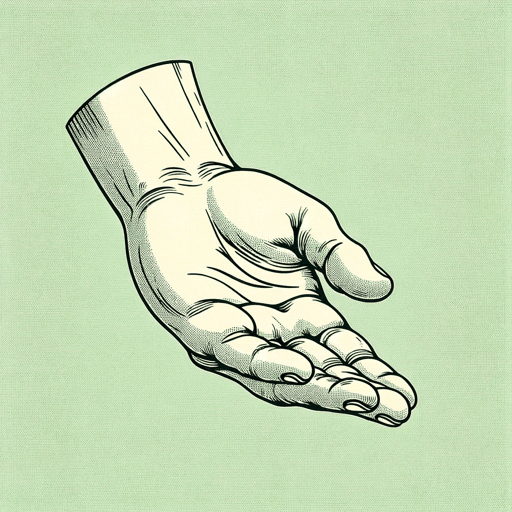
The Applicant
Sylvia Plath
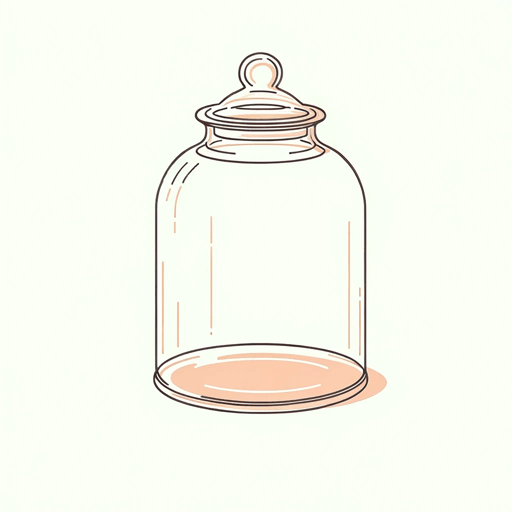
The Bell Jar
Sylvia Plath

The Disquieting Muses
Sylvia Plath

The Munich Mannequins
Sylvia Plath
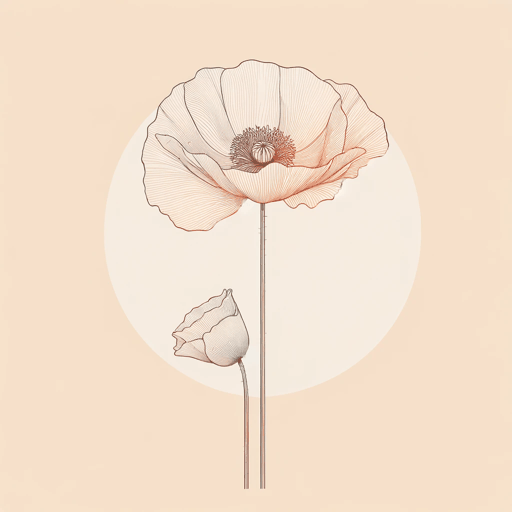
Two Sisters Of Persephone
Sylvia Plath
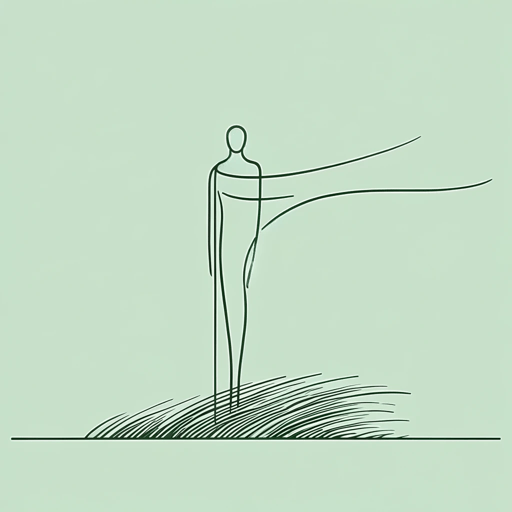
Wuthering Heights
Sylvia Plath

